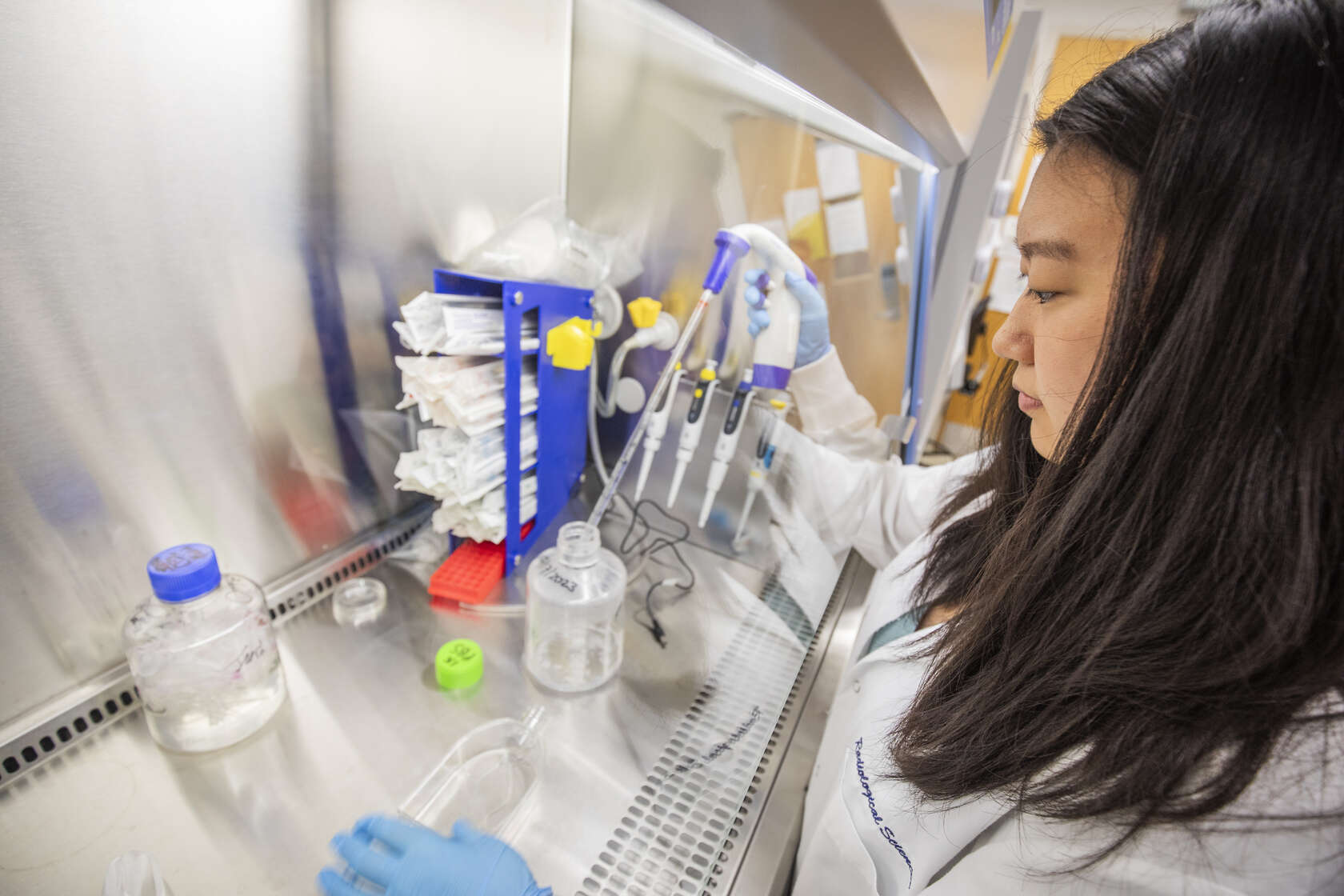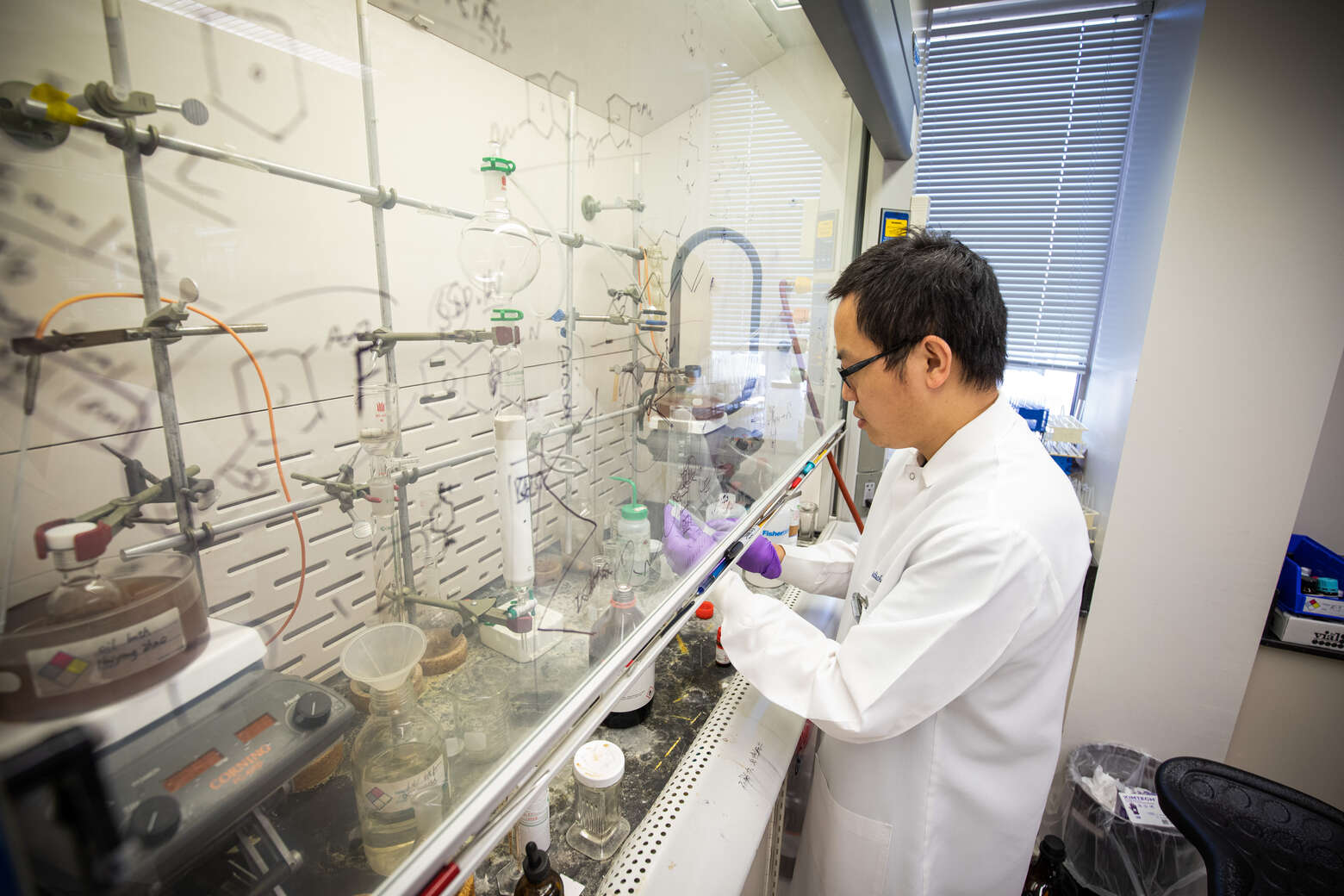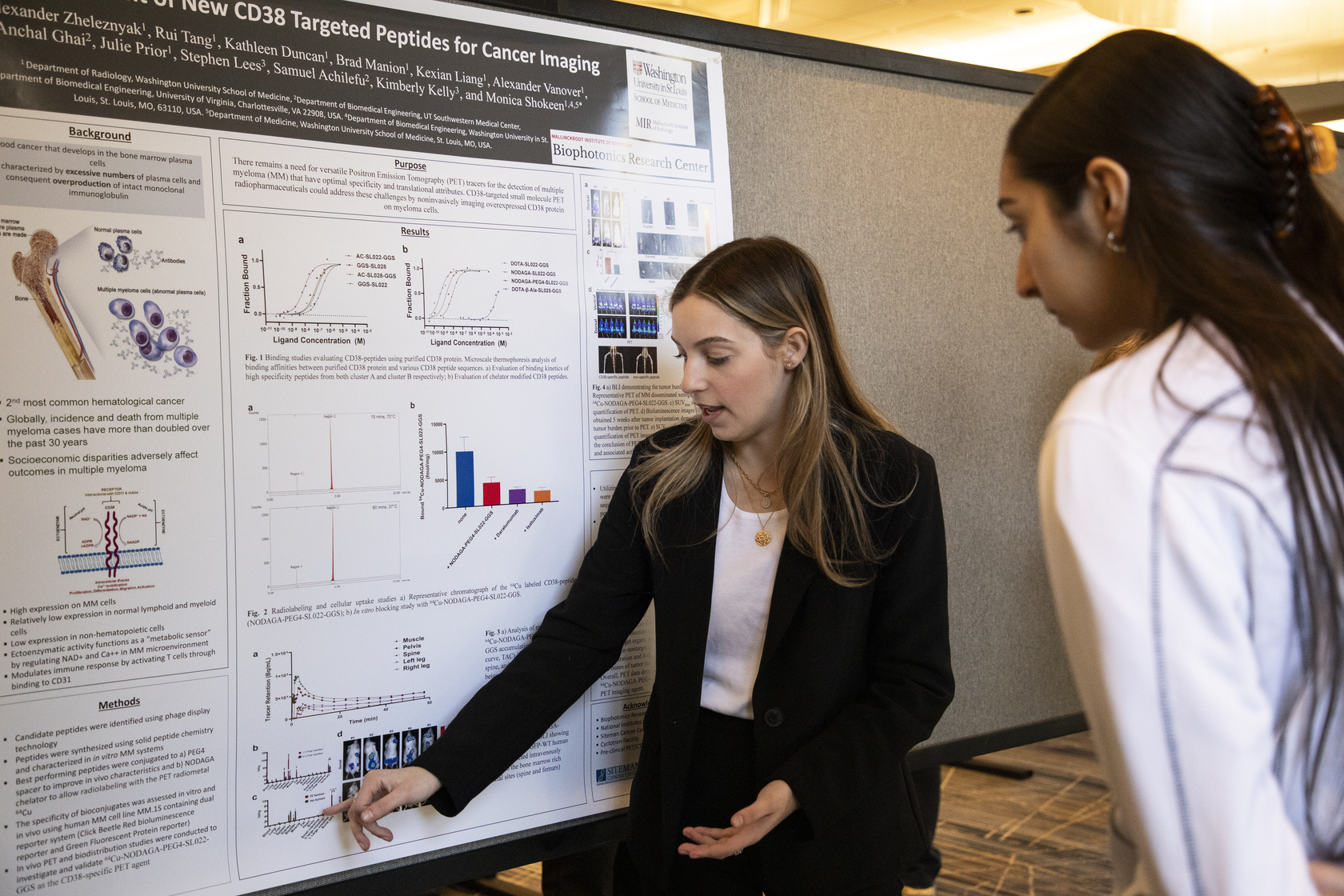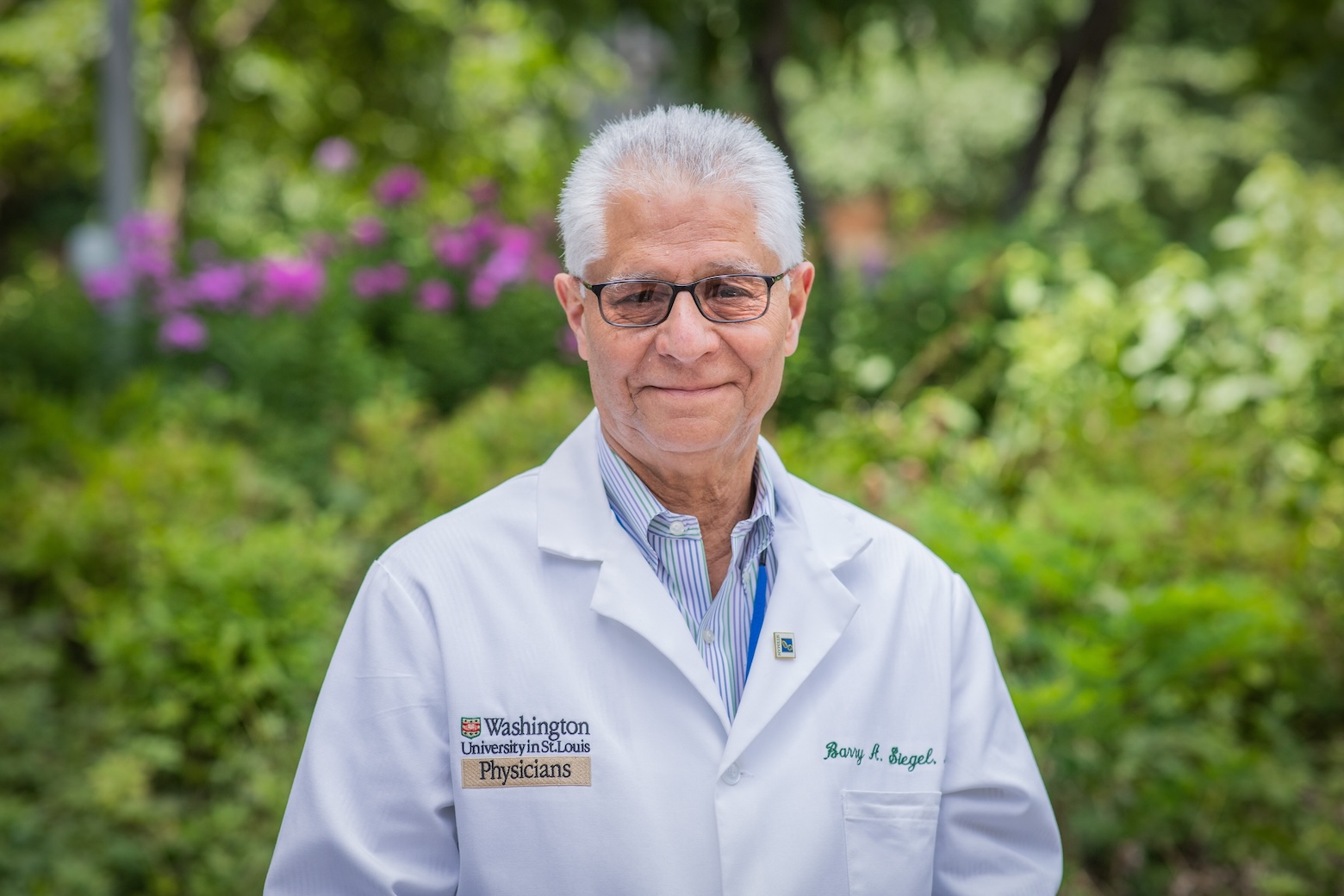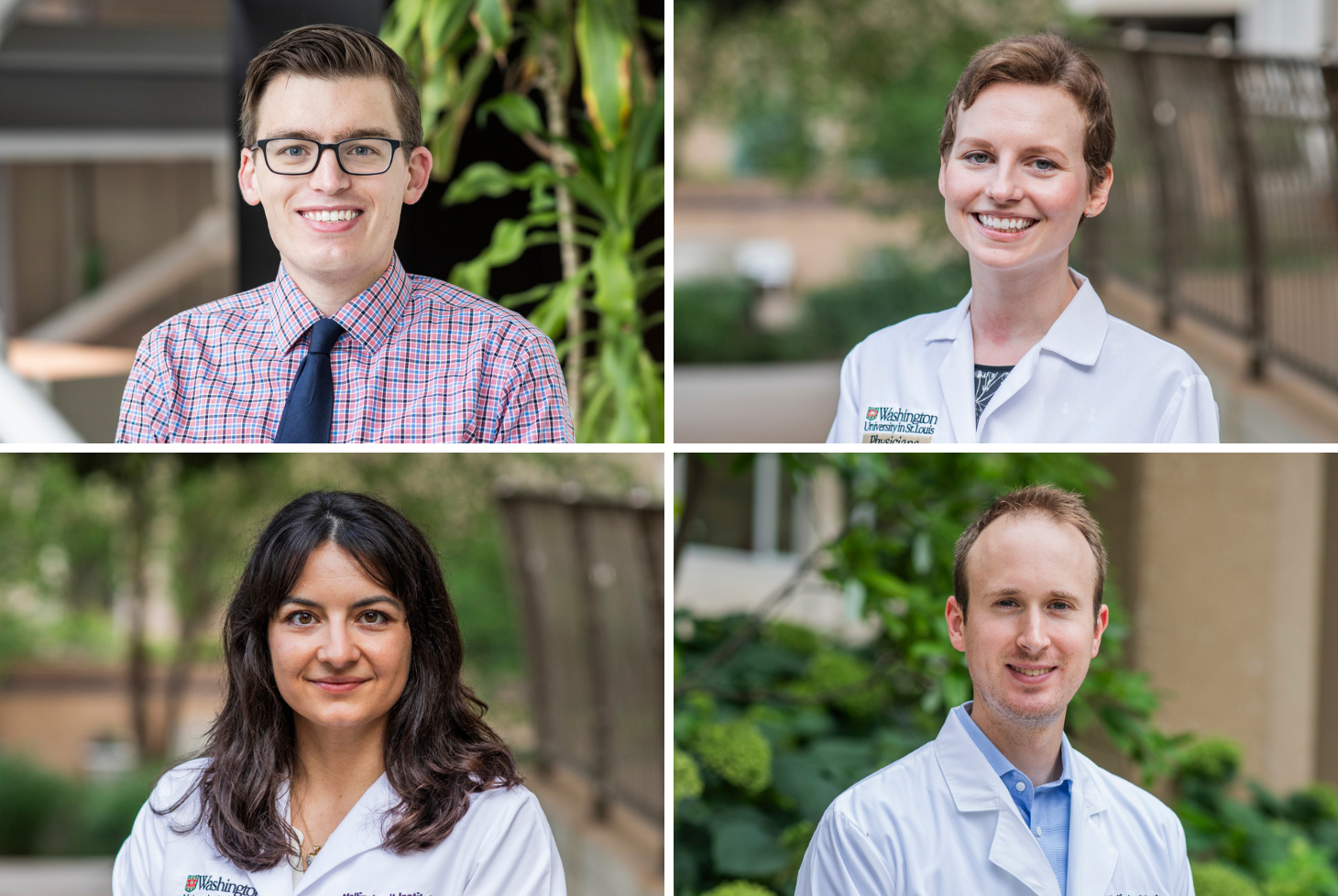Barhaghi, Gastounioti and Luna Join MIR
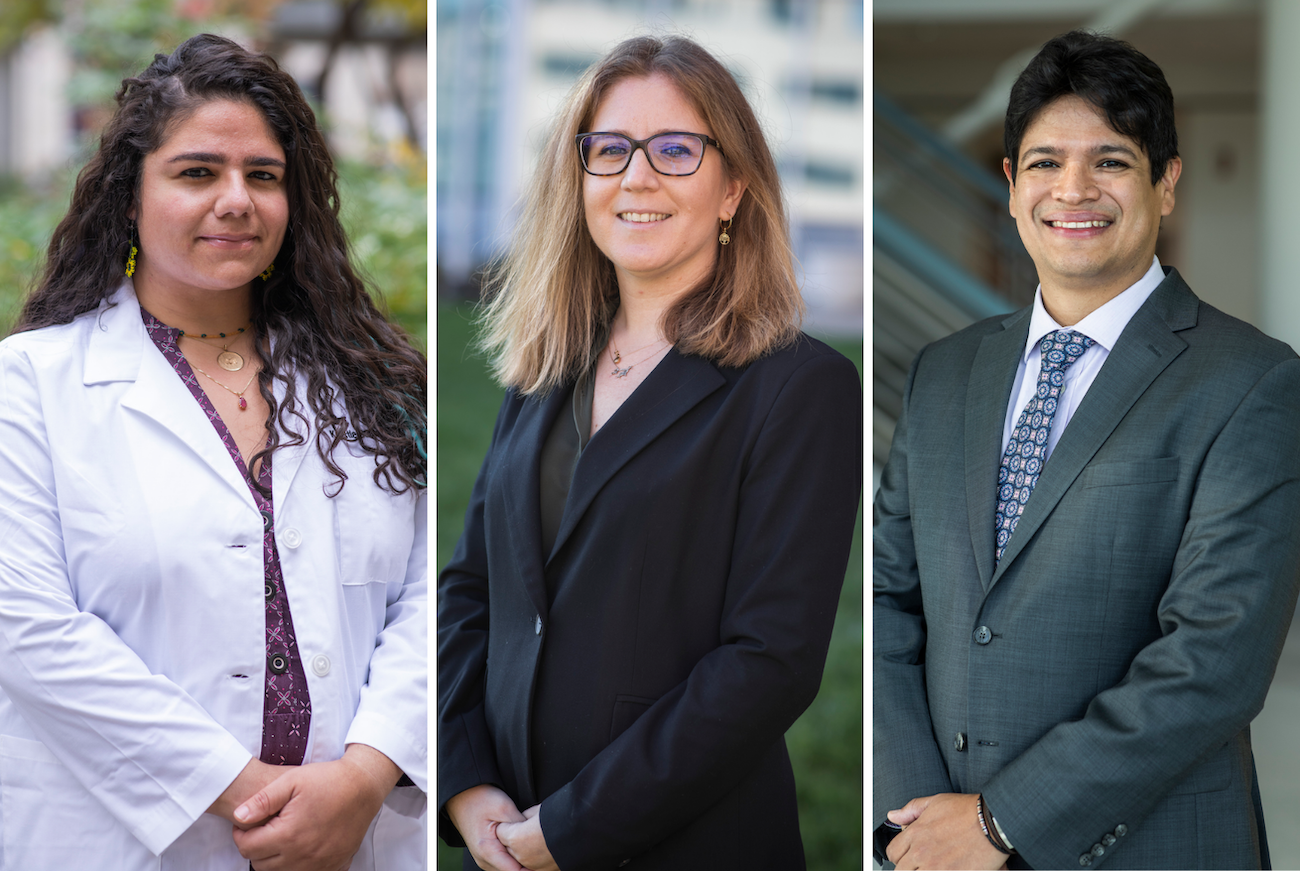
Three new faculty members joined Mallinckrodt Institute of Radiology (MIR) at Washington University School of Medicine in St. Louis this month.
Krystle Barhaghi, MD, joins the pediatric radiology section as an instructor. She was the recipient of an NIH postbaccalaureate intramural research training award and worked in a postbaccalaureate research position in the Section on Neuroimaging in Mood and Anxiety Disorders of the National Institute of Mental Health.
Barhaghi recently completed fellowships in pediatric radiology and neuroradiology at Children’s Hospital of Colorado, Anschutz Medical Campus. She completed her diagnostic radiology residency training at Tulane University School of Medicine in New Orleans, where she also earned her medical degree.
Aimilia Gastounioti, PhD, joins the Computational Imaging Research Center as an assistant professor. Her research interests lie in translational biomedical imaging research, artificial intelligence and data-intensive biomedical science with a primary focus on cancer imaging phenotypes and machine learning related to cancer risk prediction. She is leading a Susan G. Komen fellowship grant aimed at advancing imaging phenotyping of breast cancer risk via deep learning technologies and she is co-leading a pilot grant from the Penn Institute for Translational Medicine and Therapeutics that is using deep learning methods to understand genetic associations of racial differences in mammographic patterns.
Gastounioti comes to us from the University of Pennsylvania, where she has been a research associate in the Computational Biomarker Imaging Group (CBIG) and Center for Biomedical Image Computing & Analytics (CBICA) in the department of radiology. She earned her doctorate in biomedical engineering from the National Technical University of Athens.
Jose M. Luna, PhD, joins the Precision Radiotheranostics Translation Center as an instructor. His research seeks to implement precision medicine approaches to reduce morbidity and improve outcomes in lung cancer patients. He has experience in the development and application of mathematical methods for modeling and predicting treatment response using clinical and tissue-based data, as well as medical images of lung cancer patients undergoing chemoradiotherapy. He has a strong background in machine learning, medical imaging, optimization theory, digital signal processing, discrete event systems and control systems theory.
Luna was previously a research associate in the Department of Radiology at the University of Pennsylvania. He earned his doctorate in engineering and applied mathematics from the University of New Mexico.

